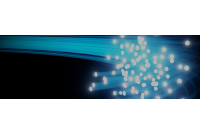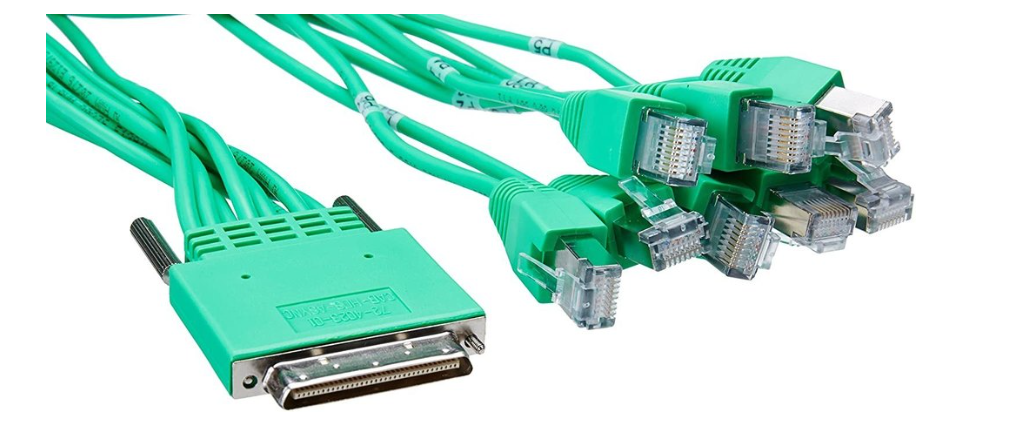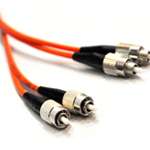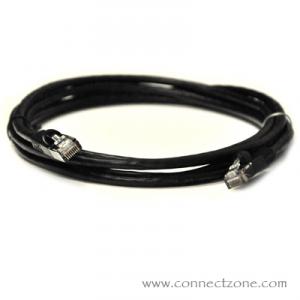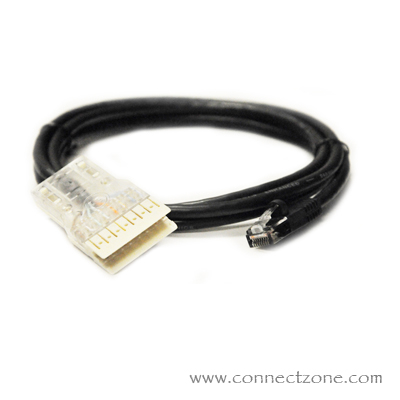We use cookies to make your experience better. Read more

Fibre Optic cables carry the signals through very thin strands of plastic or glass fiber. The light is "directed" down the center of the fiber. The core is surrounded by an optical material called the "cladding," which uses an optical technique called "absolute internal reflection" to trap the light into the core. Typically, the core and cladding are made of ultra-pure glass. The fiber is coated with a plastic protective covering called the "main buffer coating," which protects it from moisture and other damage.
The fiber optic cable can be classified into different groups according to different standards. One of which can be divided as single-mode (SMF) and multi-mode (MMF) fiber. Comparing these two types of optical cables will help you pick the most fitting system cable for your usage.
Single-Mode Fiber Optic Cable (SMF)
Single Mode fiber optic cable has a small diameter core allowing transmission of only one light mode. As a result, the amount of light reflections produced as the light passes through the center decreases, decreasing attenuation and increasing the ability of the signal to continue traveling. This technology is usually used by Telcos, CATV providers, and colleges and universities in long-distance, higher bandwidth runs.
Multi-Mode Fiber Optic Cable (MMF)
Multimode fiber optic cable has a large diametric core that enables the propagation of multiple light modes. As a result, the amount of light reflections produced as the light passes through the center increases, allowing the ability to pass through more data at a given time. The strength of the signal is decreased over long distances due to the high dispersion and attenuation rate with this type of fiber cable.
Generally, this application is used in LANs for short-distance applications, data and audio/video. RF broadband signals cannot be transmitted over multimode fiber.
MMF is usually a solution that is less costly than SMF. Typically, the equipment used for MMF communications is less costly than SMF. But MMF's standard transmission speed and distance for distances up to 2 km have data limitations of 100 Mbit/s.
MMF is usually distinguished by its larger diameter. It is larger than the wavelength of light that it serves in most situations. MMF is therefore capable of gathering light more than SMF. A larger core size means designers can create an electronic device that is less expensive and offer the public a lower price. In addition, the expense can be driven down even more by using light-emitting diodes (LEDs) and vertical-cavity surface-emitting lasers (VCSELs).
It is also possible to distinguish MMF and SMF cables by tone. Yellow is usually used for SMF cable color and orange or aqua is for MMF cables. This makes it easier to identify them.
SMF and MMF are two independent optical cables with separate fields of operation. Contact ConnectZone, your ultimate cable expert to understand the difference according to your usage and make it the best choice for your system!
We specialize in cables and can customize it as per your request as well! Shop for high-quality cables only at Connectzone.com!


